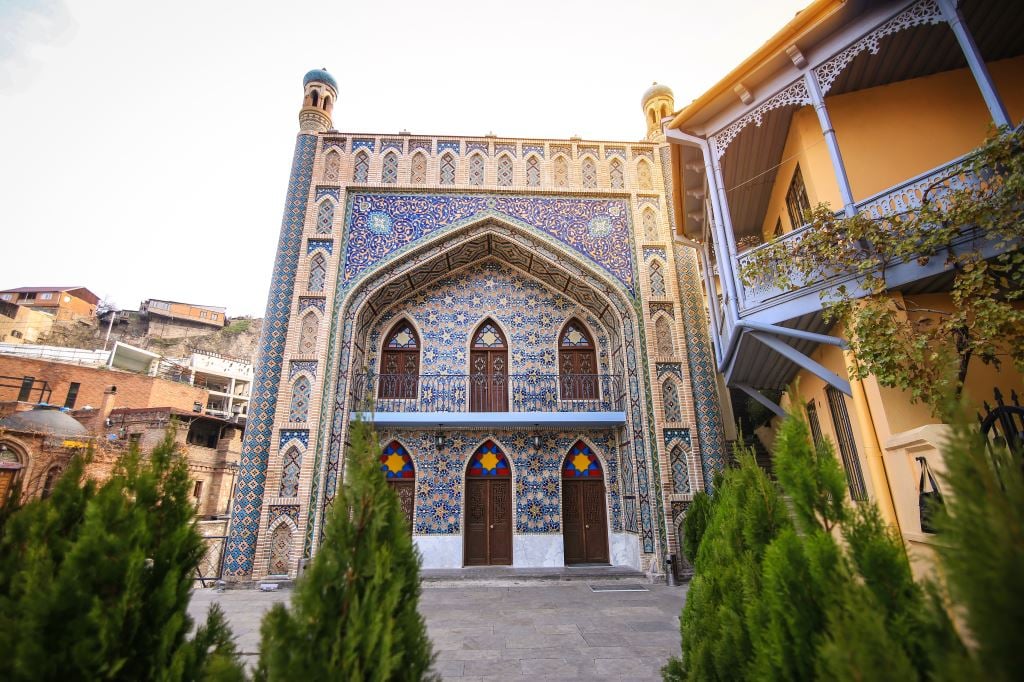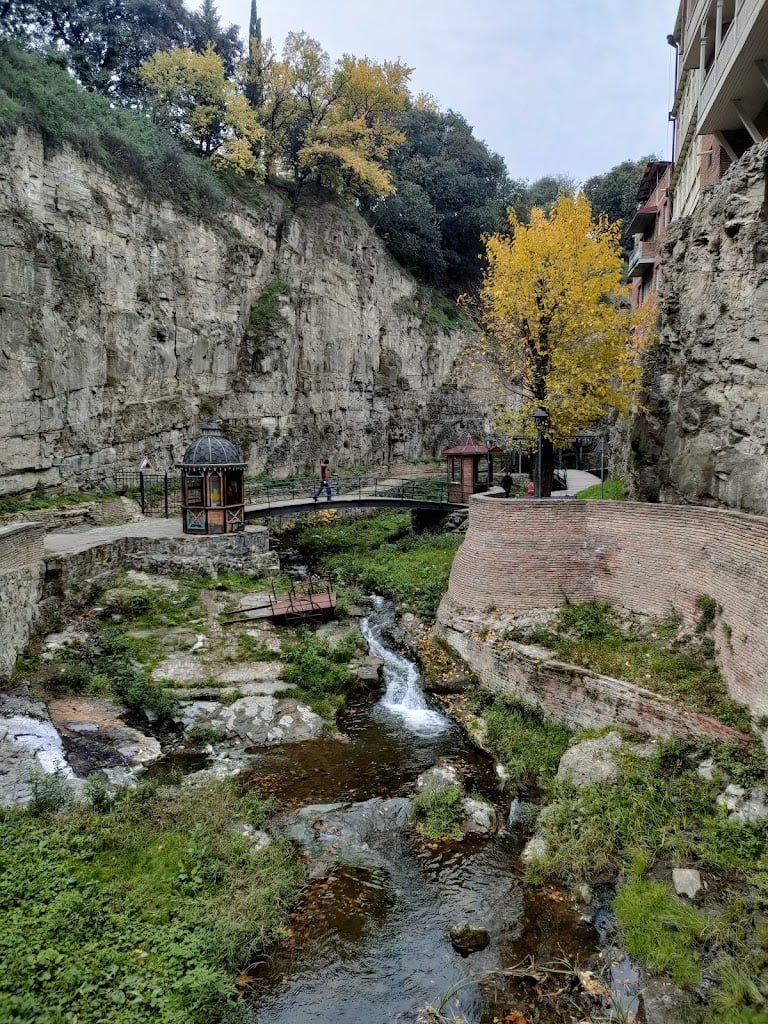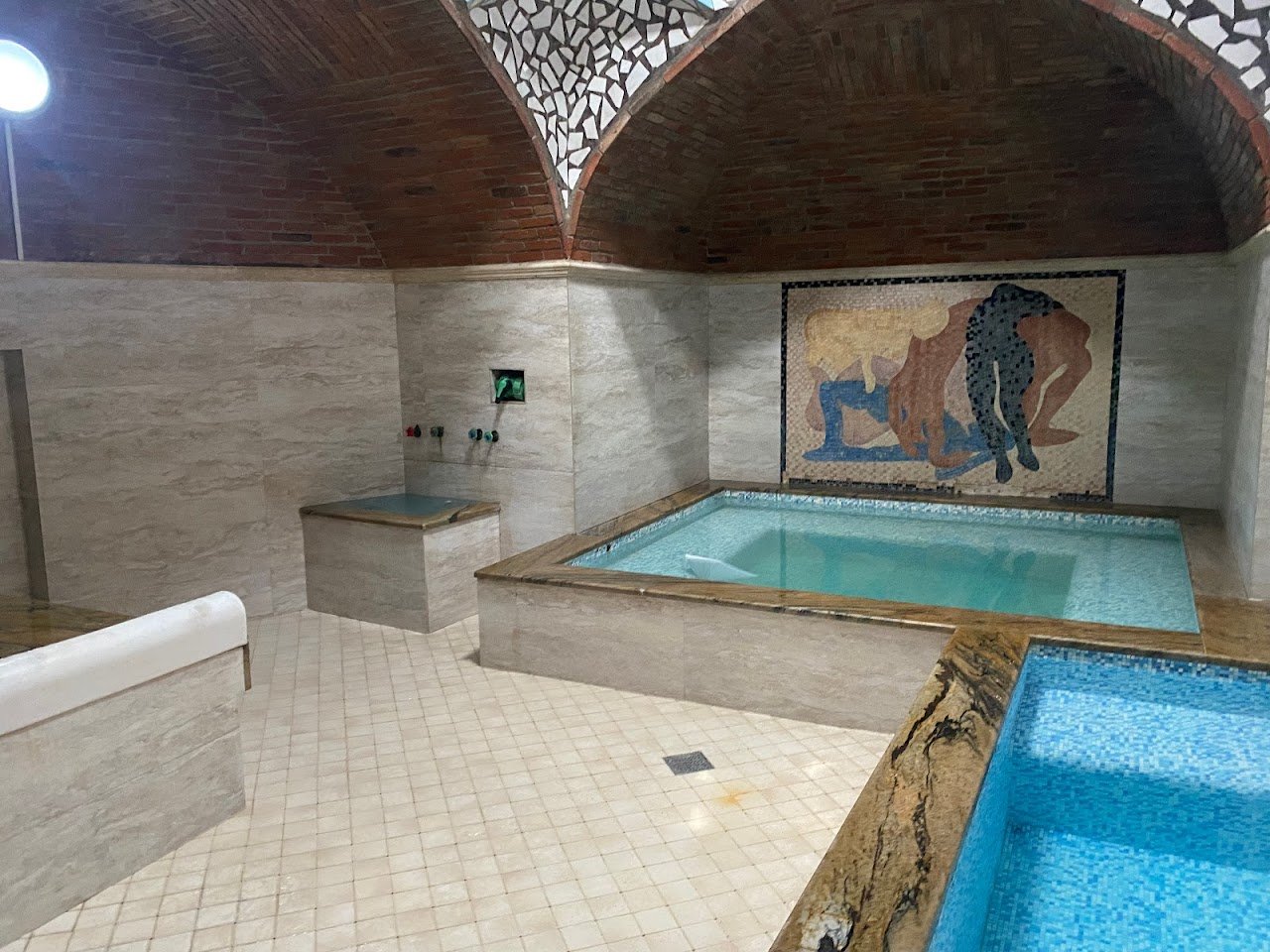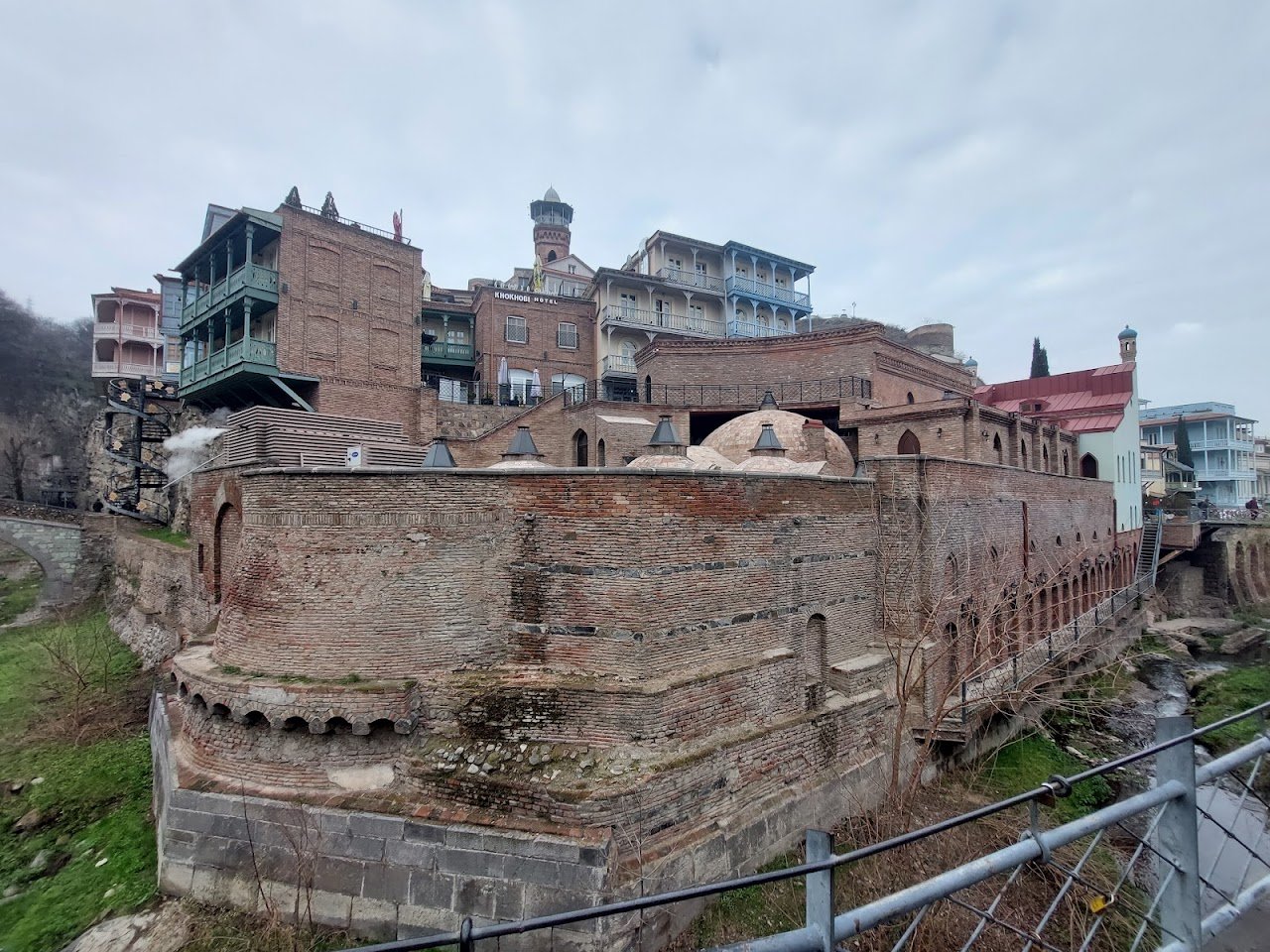Sulfur Baths





Ask ThatchGPT
Suggest a local expert to plan my trip
Suggest an unique itinerary for my Tbilisi trip
What foods do Tbilisi locals eat
What are some true hidden gems in Tbilisi
Help me brainstorm trip ideas for Tbilisi
Help me plan a family-friendly trip to Tbilisi
What people say
Elena Nisenbaum
"Sulfur Baths located in one of the most unique and recognizable neighborhoods in Tbilisi (Abanotubani). The sulfur baths are a great way to relax, not to mention the countless health benefits that come with them. There is a lot of variety when it comes to choosing which bathhouse to visit, but they all have a shared history.
Abanotubani, literally meaning “bath district”, is an ancient part of Tbilisi, known for its famous brick houses and sulfur bathhouses.
The origin of the bathhouse district dates back to when the city was founded and plays an important part in its history.
According to the legend, when the falcon of King Vakhtang Gorgasali fell in one of the hot springs, the king decided to build the capital on top of the springs.
As a result, Tbilisi earned its name (‘warm place’) from the very same hot springs that ran under the city, and which eventually became the foundation for the bathhouses.
Many of the bathhouses were inspired by traditional Persian-style baths, but the difference is that the water in Tbilisi is not manually heated. Instead, it comes from the ground and is naturally hot.
The sulfur baths have long been very popular. Famous visitors in the past include the legendary Russian poet Alexander Pushkin. During his visit in 1829, complimented them, saying: “Not since I was born have I encountered the luxury of Tiflis’ baths.” And that is a really accurate way of summing them up.
The bathhouses are also said to have countless health benefits. The sulfur in the water helps with dry skin, rashes, joint problems, acne and more."
Pedro Pereira
Available for hire
"The sulfur baths in Tbilisi are a cherished cultural and architectural landmark, renowned for their therapeutic properties and unique atmosphere. Located in the Abanotubani district, at the heart of Old Tbilisi, these baths have been a focal point of the city for centuries.
The sulfur baths are fed by natural hot springs, which are rich in minerals believed to have healing properties. Visitors can choose from a variety of bathhouses, each offering different types of baths and treatments, from traditional communal baths to private rooms with individual tubs. The distinct domed roofs and brick walls of the bathhouses add to the ambiance, evoking a sense of timeless charm and relaxation.
Beyond their therapeutic benefits, the sulfur baths are also steeped in history and culture. Legends tell of Tbilisi's founding at the site of the sulfur springs by King Vakhtang Gorgasali in the 5th century. Today, locals and tourists alike flock to the sulfur baths to experience their rejuvenating effects and immerse themselves in the city's rich cultural heritage."
Radu TEODORESCU
"° Everything you need to know is in the link"
Read more in:
Mentioned in these guides
About Sulfur Baths
Get the inside scoop on Sulfur Baths from local experts, travel creators, and tastemakers. Browse genuine trip notes, Sulfur Baths reviews, photos, travel guides, and itineraries from real travelers and plan your trip with confidence.
Website
Phone
Save this spot for later or start mapping out a new trip today
Try our AI Travel Assistant and get instant answers to any questions about your trip.
Ask ThatchGPT


